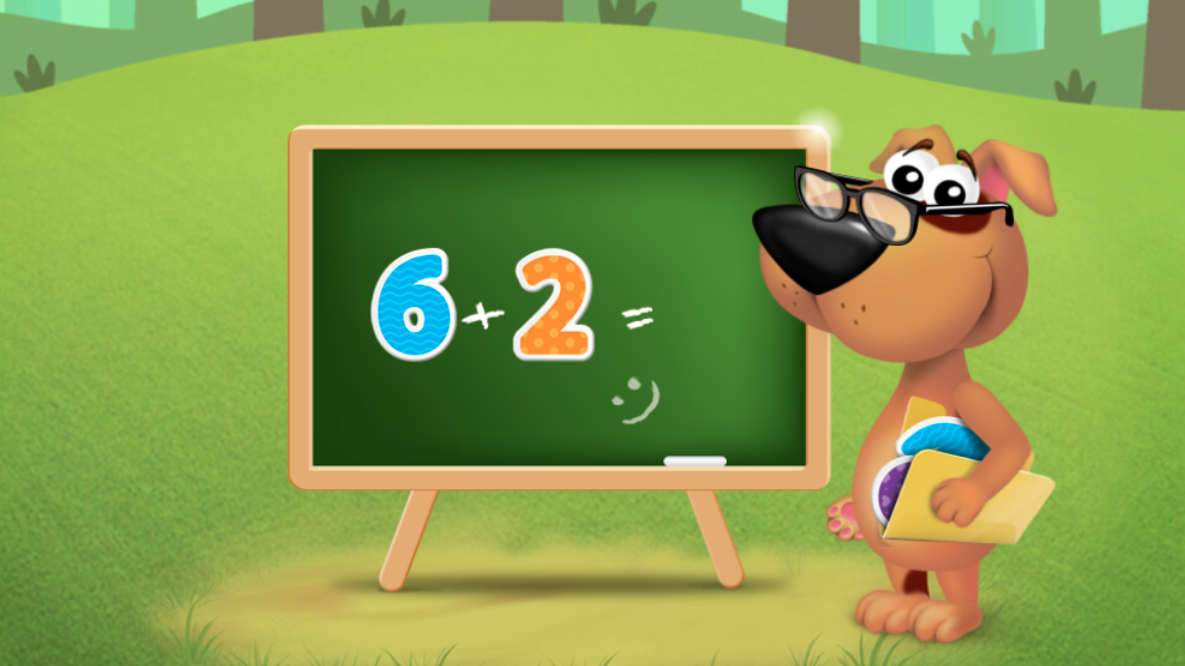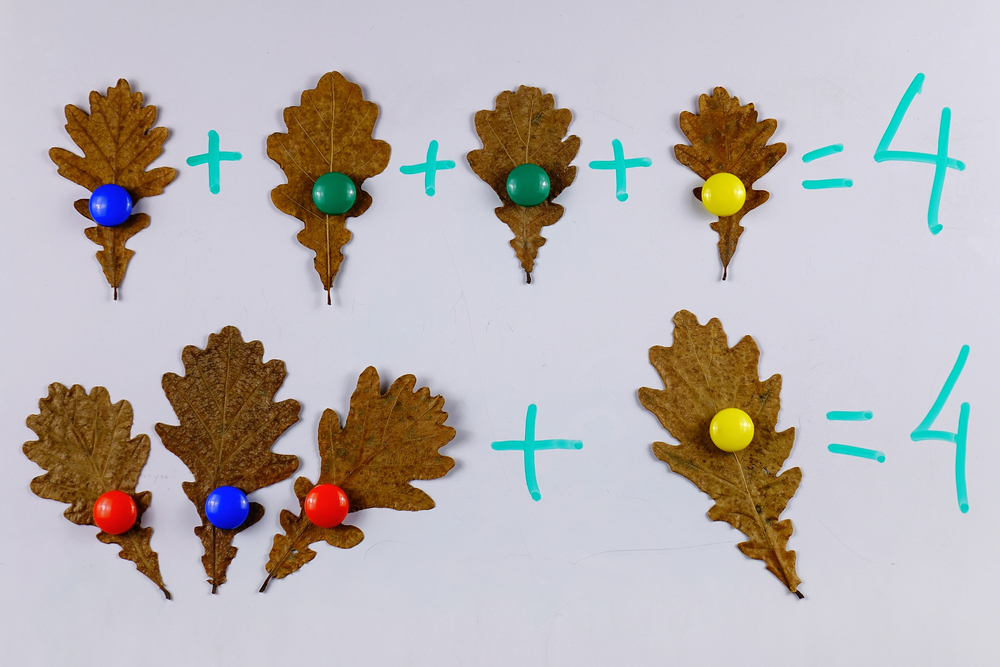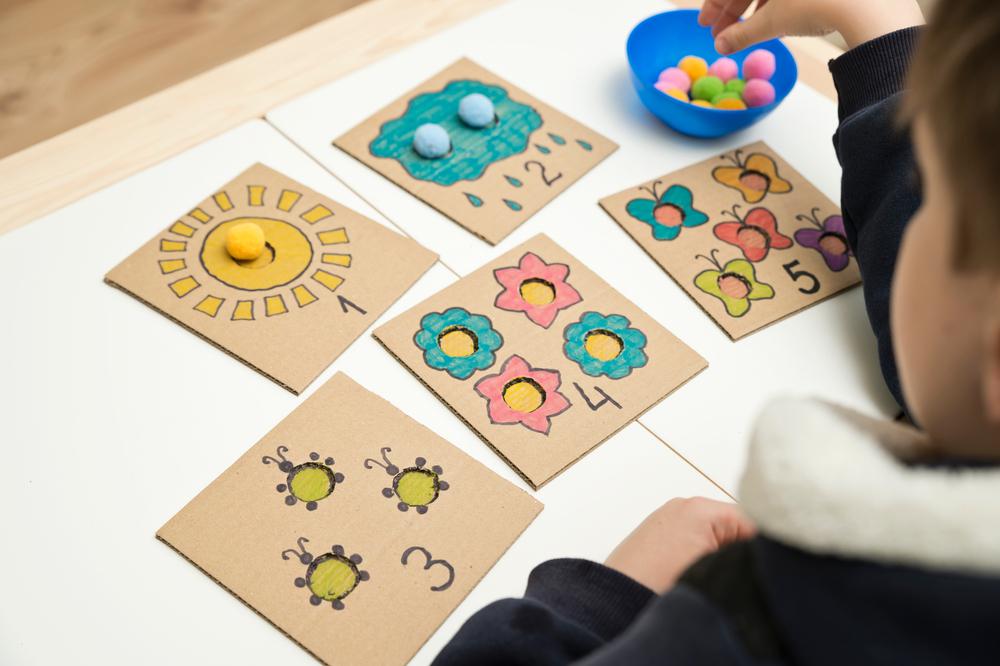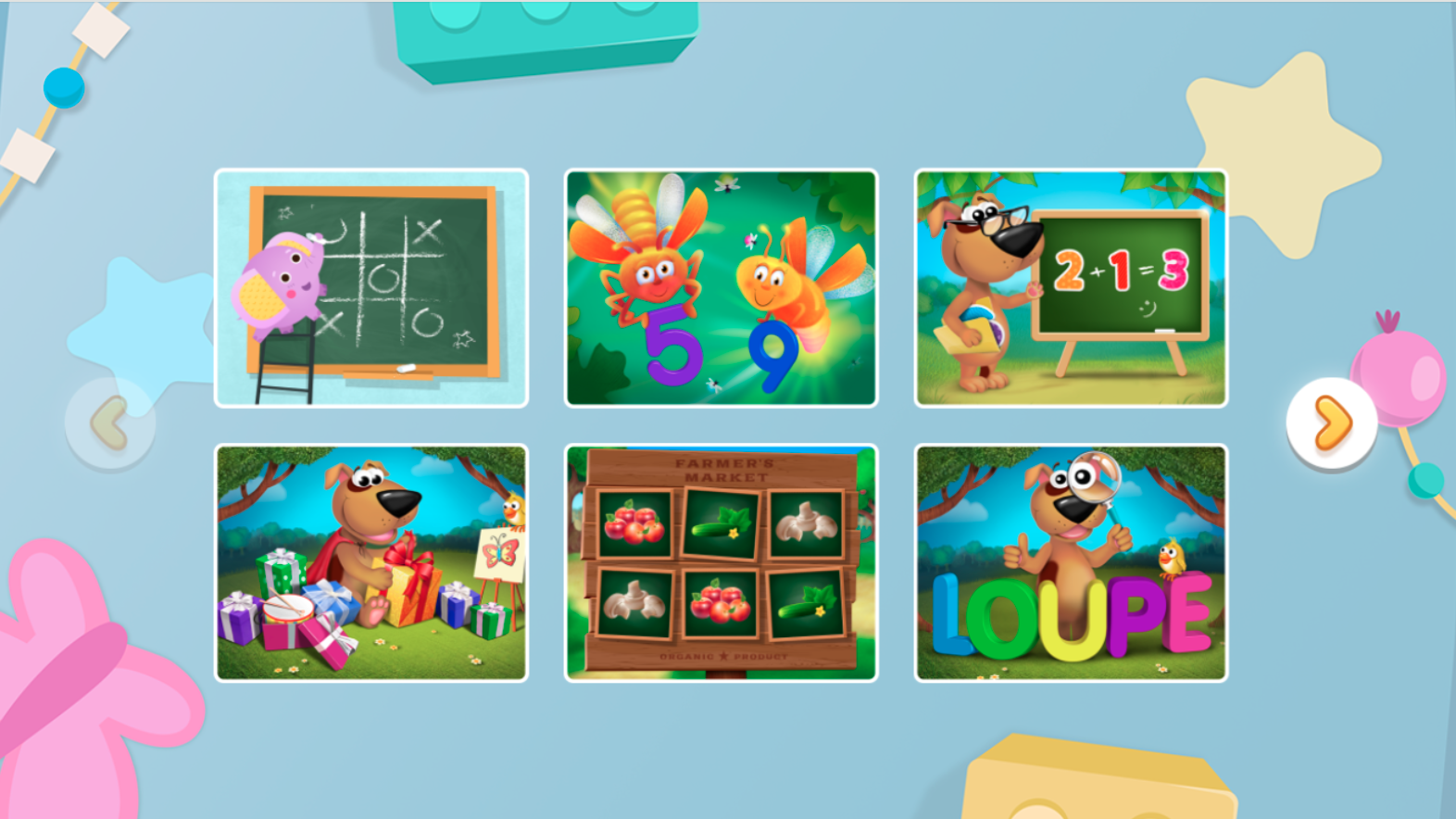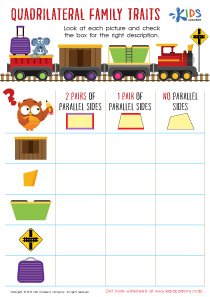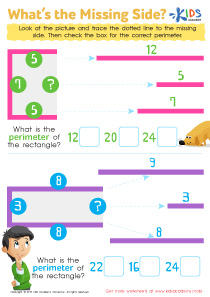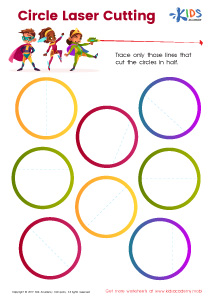Shape Recognition Normal Tracing Shapes Worksheets for 6-Year-Olds
5 filtered results
-
From - To
Discover our Shape Recognition Normal Tracing Shapes Worksheets designed exclusively for 6-year-olds! These fun, educational printables support your child in mastering basic geometric shapes through hands-on tracing activities. Perfect for developing fine motor skills and enhancing shape recognition, each worksheet features guided lines and colorful designs to keep young learners engaged. Our expertly crafted resources align with early childhood education standards, ensuring your child gains essential math skills while enjoying the learning process. Ideal for both classroom and at-home practice, let's embark on this exciting educational journey today with Kids Academy’s interactive worksheets!
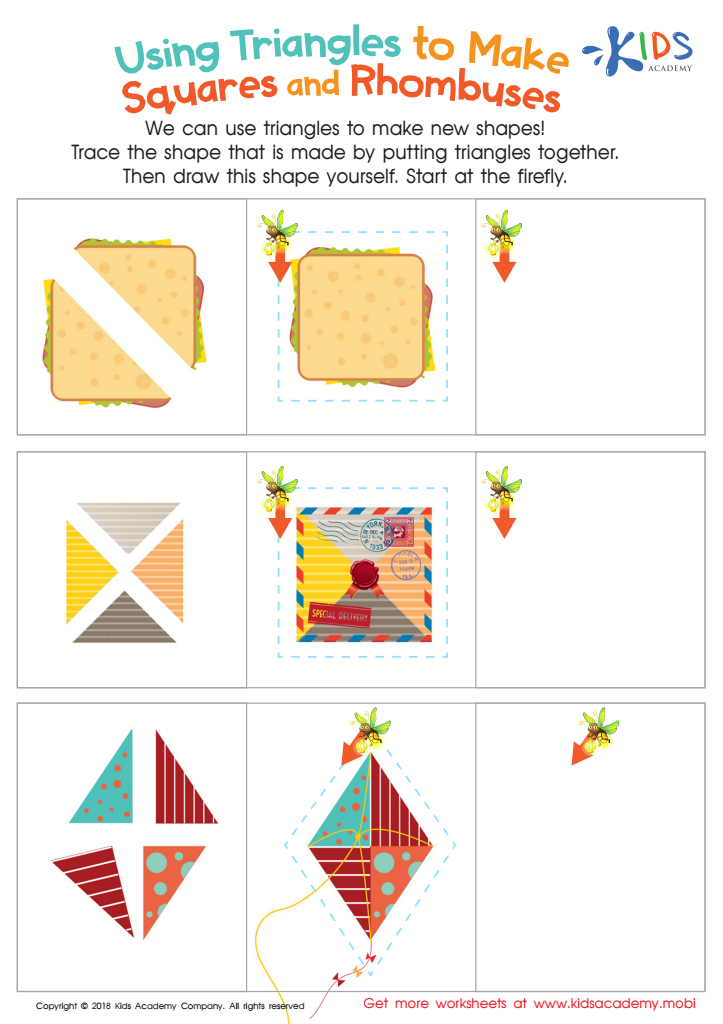

Using Triangles to Make Squares and Rhombuses Worksheet
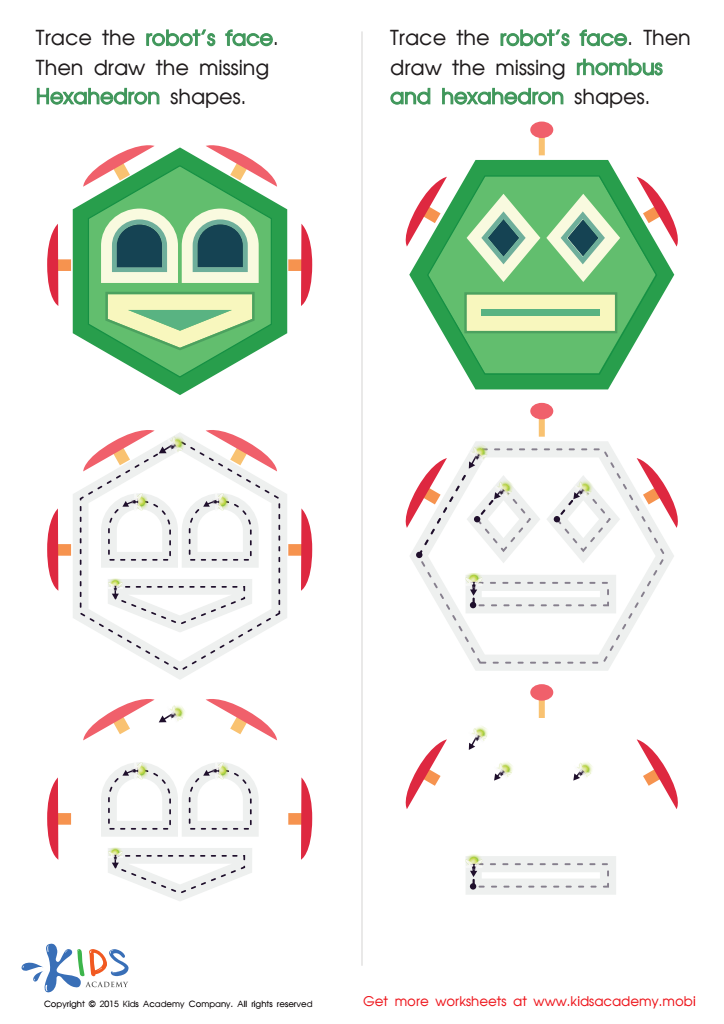

Practice Drawing Hexahedrons And a Rhombus Worksheet
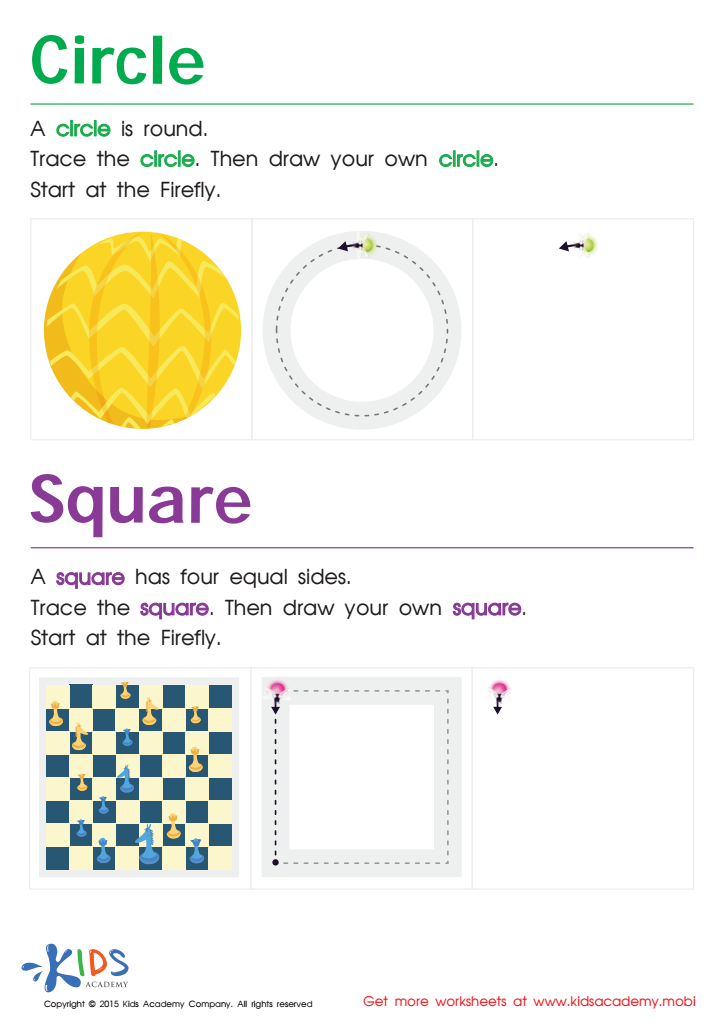

Trace And Draw a Circle And a Square Worksheet
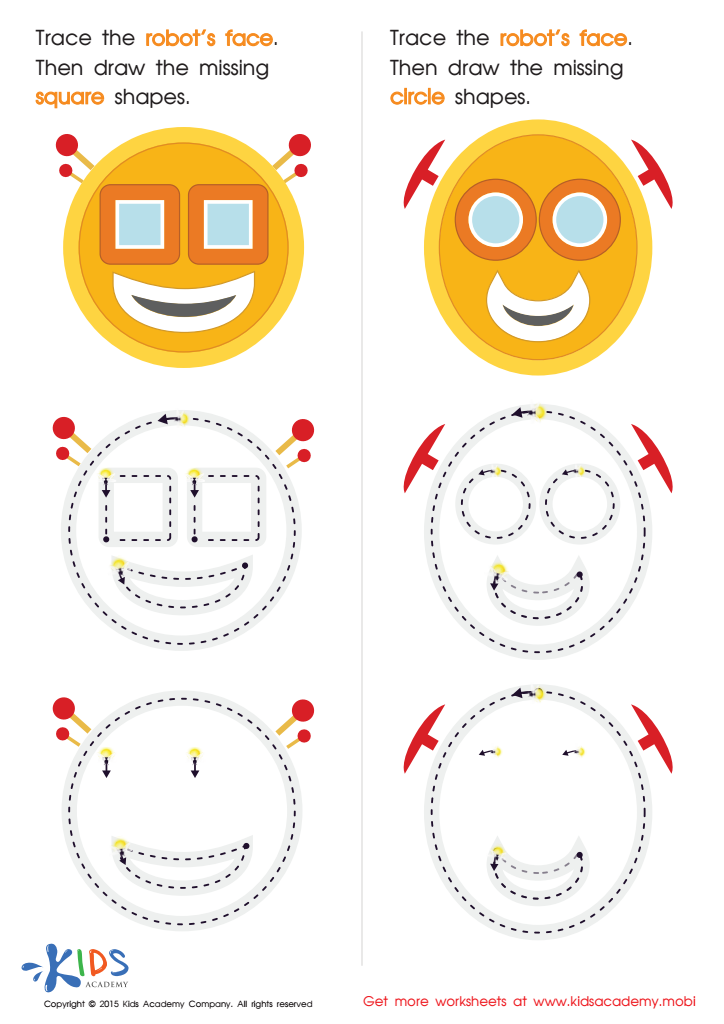

Practicing to Draw Circles And Squares Printable
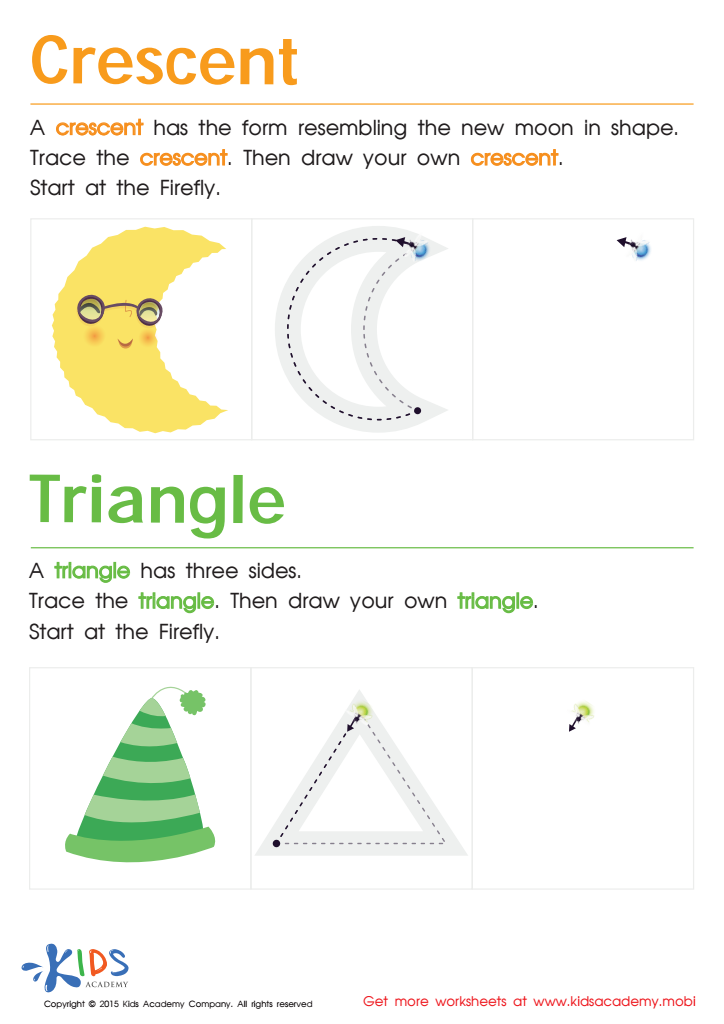

Learning to Draw Crescents And Triangles Worksheet
Shape recognition and normal tracing shapes are integral skills for 6-year-olds for several reasons. Firstly, shape recognition forms a foundation for early mathematics, aiding children in categorizing and comparing objects based on geometric properties. By learning to recognize and differentiate shapes, children develop spatial reasoning, which is crucial for understanding more complex mathematical concepts as they grow.
Tracing shapes further refines motor skills essential for handwriting, an important academic milestone at this age. Tracing requires hand-eye coordination and precision, enhancing fine motor skills that are necessary not just for writing, but for everyday tasks like buttoning clothes or tying shoelaces.
Additionally, engaging in shape recognition exercises promotes cognitive development. It encourages problem-solving and critical thinking as children learn to match, identify, and categorize shapes in various contexts. Socially, working on these skills in group settings can foster collaboration and communication, as children often discuss their observations and learn from one another.
Moreover, shapes are a part of everyday life, appearing in countless forms from cylindrical cans to rectangular books. Familiarity with different shapes increases children’s environmental awareness and helps them make sense of the world around them.
In summary, focusing on shape recognition and tracing shapes equips 6-year-olds with vital skills that support academic learning, fine motor development, and cognitive abilities, making it a crucial element of early childhood education.

 Assign to My Students
Assign to My Students


